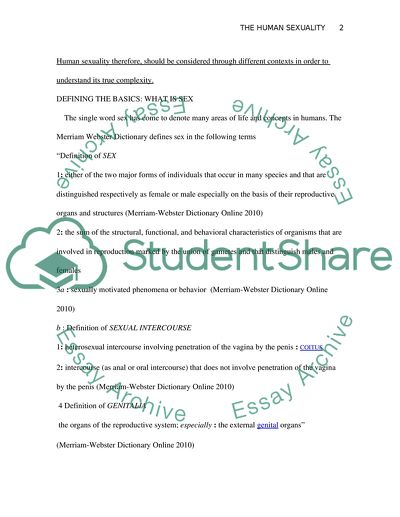Cite this document
(The Human Sexuality: Defining and Understanding an Important Segment Research Paper, n.d.)
The Human Sexuality: Defining and Understanding an Important Segment Research Paper. Retrieved from https://studentshare.org/gender-sexual-studies/1746064-human-sexuality
The Human Sexuality: Defining and Understanding an Important Segment Research Paper. Retrieved from https://studentshare.org/gender-sexual-studies/1746064-human-sexuality
(The Human Sexuality: Defining and Understanding an Important Segment Research Paper)
The Human Sexuality: Defining and Understanding an Important Segment Research Paper. https://studentshare.org/gender-sexual-studies/1746064-human-sexuality.
The Human Sexuality: Defining and Understanding an Important Segment Research Paper. https://studentshare.org/gender-sexual-studies/1746064-human-sexuality.
“The Human Sexuality: Defining and Understanding an Important Segment Research Paper”, n.d. https://studentshare.org/gender-sexual-studies/1746064-human-sexuality.


